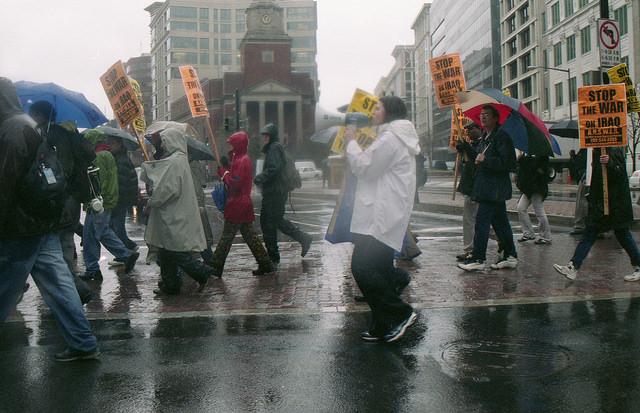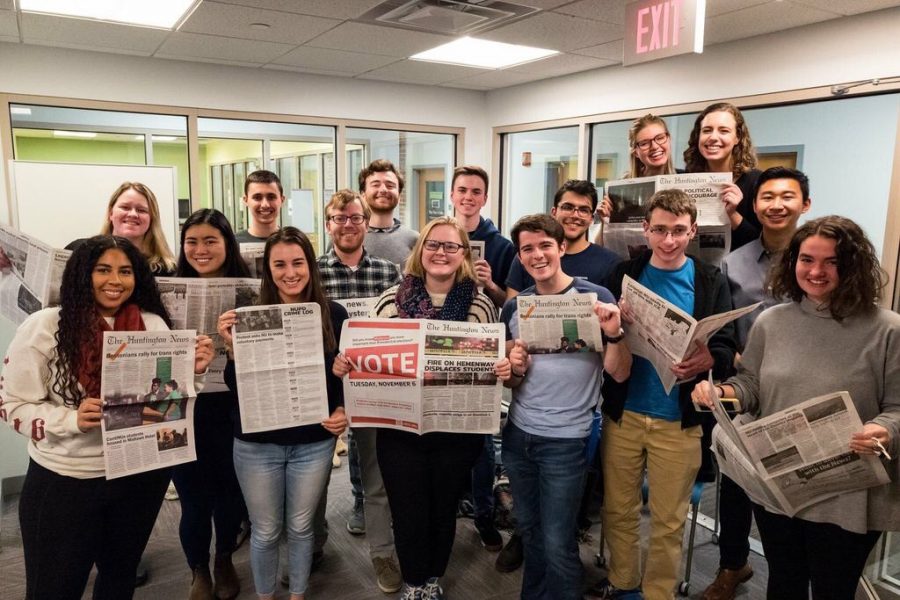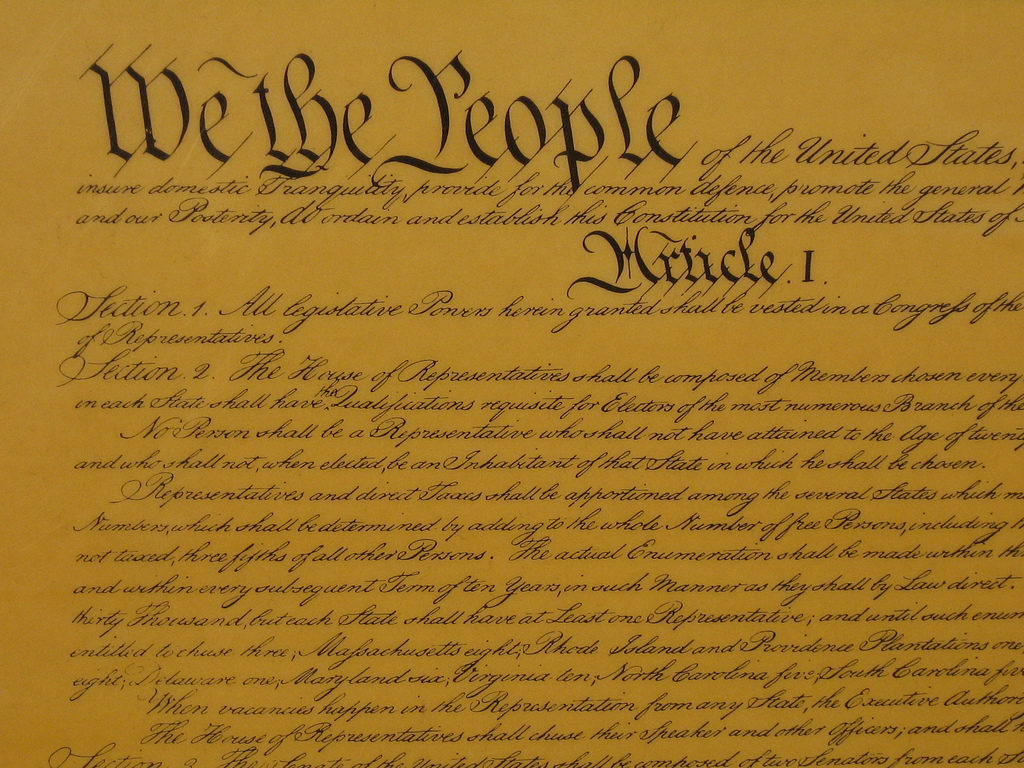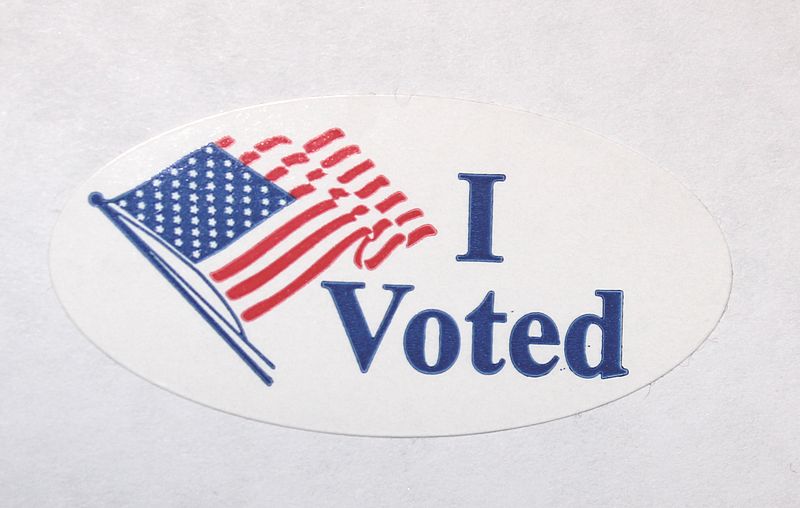A new report, released by PEN America on Monday, examines the growing debate over free speech on college campuses. Titled “And Campus for All: Diversity, Inclusion and Freedom of Speech at U.S. Universities,” the 102-page document covers a broad range of issues, including trigger warnings, microaggressions, safe spaces and controversial campus speakers.
According to the New York Times, the report cites an “apparent chasm” between student activists and free speech advocates in the idea that “the speech of some takes priority over that of others.” Displaying some concern, the writers of the report said they hope to open up dialogue and reestablish the university as a foundation for strengthening American society.
Over at least the last couple of years, there has been a growing debate over the very definition of freedom of speech. A May 2015 piece from the Washington Post lays out pretty clearly: “No, there’s no ‘hate speech’ exception to the First Amendment.” Indeed, the right itself merely reads that Congress can make no law abridging the freedom of speech.
In 1969, the U.S. Supreme Court clarified some of this wording in Brandenburg v. Ohio: “Freedoms of speech and press do not permit a State to forbid advocacy of the use of force or of law violation except where such advocacy is directed to inciting or producing imminent lawless action and is likely to incite or produce such action.”
To quickly recap: All speech is protected, unless it directly incites literal crime.
There is an argument to be made for prohibiting hate speech. Namely, it can be psychologically harmful, and while it may not directly incite crime, it can cause violence by impressing hateful ideas upon the minds of those who hear it. However, if we want to establish an exception, we have to narrowly define hate speech. Even certain words can have varying, potentially harmful, effects on different people. In the black community and the LGBTQA+ community, for example, the reclamation of slurs is such a controversial issue that we don’t feel comfortable publishing examples in this editorial.
The PEN report supports voluntary safe spaces, but it asserts that “the campus as a whole, while physically safe, should be intellectually and ideologically open.”
Storm Ervin, a co-founder of Concerned Student 1950, which organized protests last fall at the University of Missouri in response to racial tensions on campus, told the New York Times that she was glad for the freedom of speech, since it allowed her group to demonstrate. However, she also addressed the safe-place issue, saying that free speech hindered the mental safety of students.
“I understand what is meant by ‘the campus as a whole is better conceived as a safe place,’” she told the Times. “But I think we, the author and I, can agree that that campus is not a psychological safe space for all, and part of the reason is that of free speech.”
Universities have a responsibility to their students. Academic institutions are meant to foster intellectual development, so it follows that a wide variety of ideas should be up for discussion. However, if those ideas come from a history (or current practice) of malice — the oppression of women or reproductive justice, prejudice against people of color, intolerance of LGBTQA+ people, etc. — we must consider what effect that malice has on listeners.
Additionally, if a professor, administrator or even student plans on presenting material that may be harmful to certain individuals, that person has a responsibility to provide a warning for the sake of those who might need it. Those individuals should also be able to find a safe space on campus where they can recharge in the company of sympathetic people.
On the whole, colleges value diverse perspectives. Those perspectives also come from students who have experienced trauma, hate or other such experiences. It is deeply important to keep that in mind.
By the same token, however, student activists and other on-campus advocates cannot shut out people who use offensive or hateful language if they want to advance their message. This is especially true of interactions with older advocates. For example, many LGBTQA+ rights advocates recoil at the idea that activists in the 20th century supported “Don’t Ask, Don’t Tell,” despite the fact that it is widely argued that this was the best option at the time.
In a blog at EthicalSystems.Org, Bryan Turner asserts that “to get people to change their minds, the most effective way is through one-on-one conversation in a non-threatening environment when they’re not emotionally aroused.” This includes allowing people on either side of an issue to voice their opinions without being shut down.
The duty to promote universities as breeding grounds for intellectual discussion, strong conversations and the consideration of diverse perspectives does not lie with institutions or student activists alone. Both parties must listen to each other to remake the college campus.
Photo courtesy Elvert Barnes, Creative Commons















